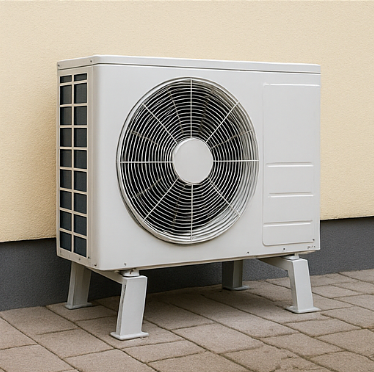Heating Solutions Compared: Air Source and Ground Source Heat Pumps
When considering an energy-efficient heating and cooling solution for your home, you may find yourself weighing the options between air-source heat pumps (ASHPs) and ground-source heat pumps (GSHPs). Both systems offer significant benefits, but each has unique characteristics that suit your needs more. Let's compare these two technologies to help you make an informed decision.
How They Work
Air-source heat pumps extract heat from the outside air and transfer it indoors to warm your home. In summer, the process is reversed for cooling. On the other hand, ground-source heat pumps, also known as geothermal heat pumps, use the constant temperature of the earth to heat and cool your home.
Installation Process
ASHPs are generally more straightforward and less expensive to install. They require an outdoor unit and an indoor air handler, which can be fitted with minimal disruption to your property. GSHPs, however, need extensive groundwork to install the underground loops, which can be more invasive and costly upfront.
Efficiency and Performance
GSHPs typically offer higher efficiency as the ground temperature remains relatively stable throughout the year. They perform consistently even in extreme weather conditions. ASHPs, while still highly efficient, can see some performance drops in very cold temperatures. However, modern ASHPs have significantly improved their cold-weather performance.
Cost Considerations
The initial cost of installing a GSHP is usually higher due to the groundwork required. ASHPs are more affordable to install but may have slightly higher running costs. Over time, the energy savings from a GSHP can offset the higher initial investment, especially in areas with extreme temperatures.
Space Requirements
ASHPs require less space, needing only a small outdoor unit and an indoor air handler. Depending on the available space, GSHPs need sufficient land for the ground loops, which can be installed vertically or horizontally.
Environmental Impact
Both systems are environmentally friendly alternatives to fossil fuel heating systems. GSHPs generally have a lower carbon footprint due to their higher efficiency, but ASHPs are catching up with technological advancements.
Maintenance Needs
ASHPs typically require regular maintenance, such as cleaning filters and outdoor units. GSHPs, with most components underground, generally need less frequent maintenance and can have a longer lifespan.
Choosing between an
air-source heat pump and a
ground-source heat pump depends on various factors, including your budget, available space, local climate, and long-term energy goals. Both systems offer alternatives to traditional heating methods, promising reduced energy bills and lower carbon emissions. Consider consulting with a heat pump specialist to determine which option best suits your circumstances.












